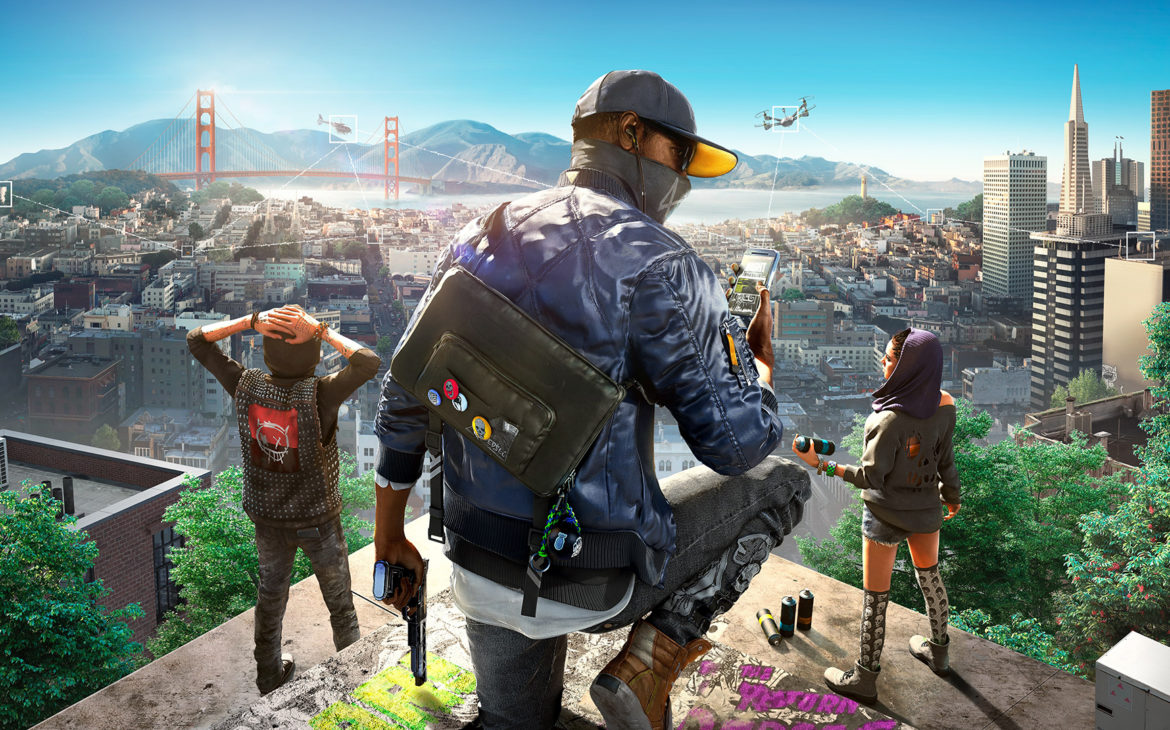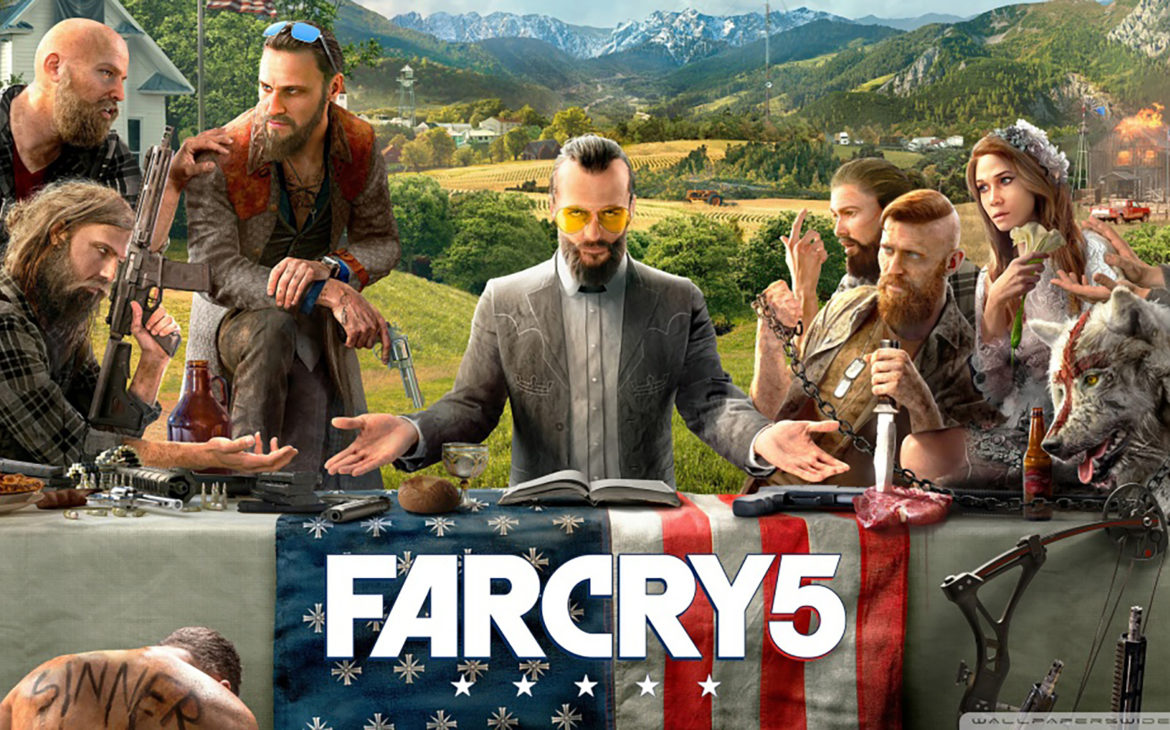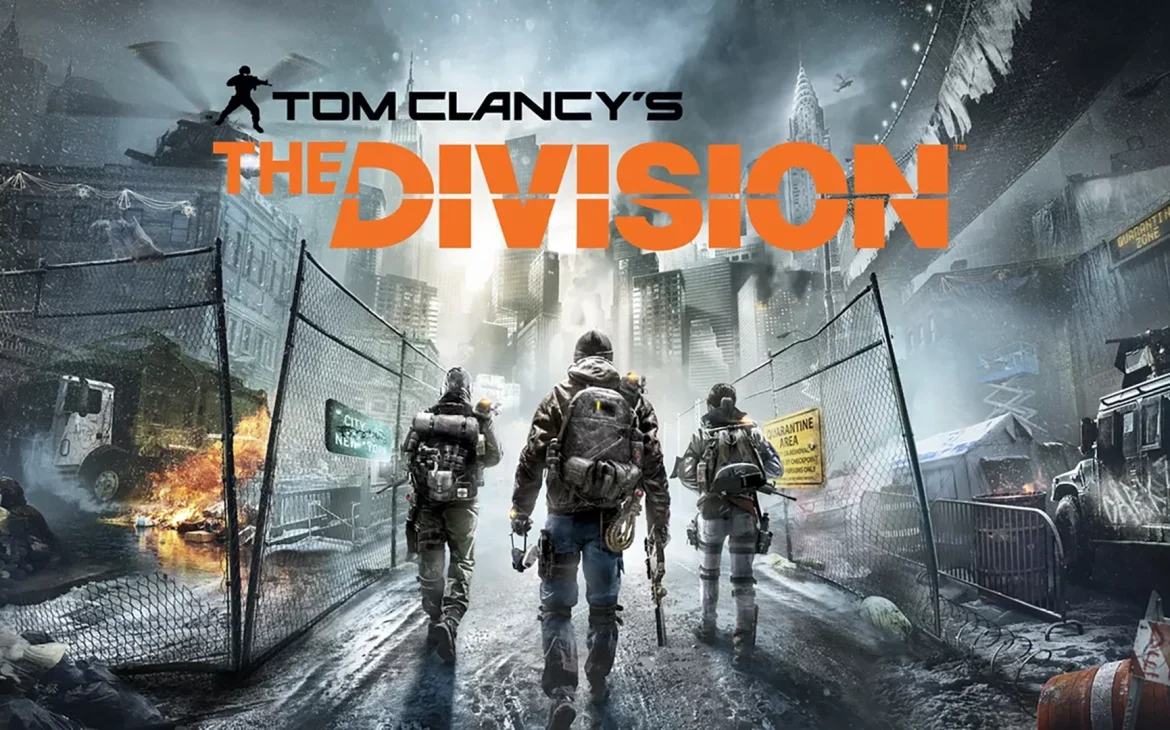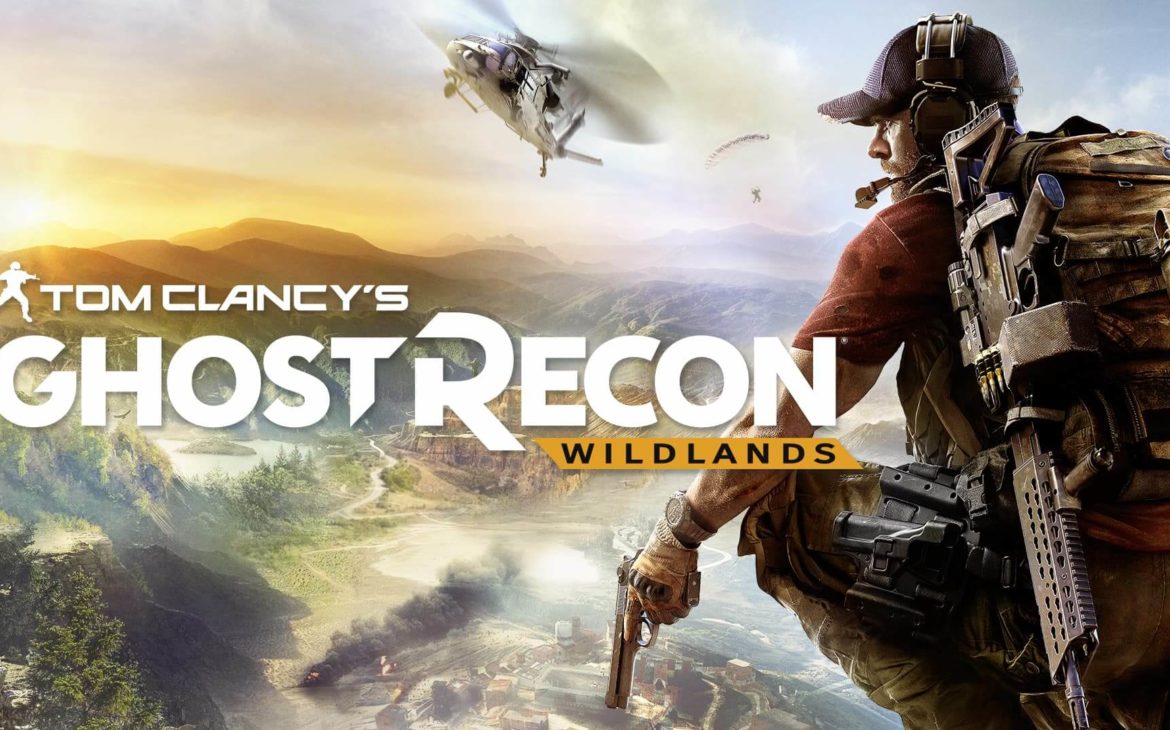Ubisoft Downfall
Ubisoft, once a titan of the gaming industry, had the world at its feet during a period marked by the release of some of the most compelling and immersive open-world games. Titles like Far Cry 5, Watch Dogs 2, The Division, and Ghost Recon Wildlands demonstrated Ubisoft’s ability to create believable, richly populated worlds filled with dynamic NPCs and engaging environments. These games were not just massive in scale; they were alive, brimming with personality and detail that captivated players. However, in recent years, Ubisoft’s open-world formula has lost its magic, culminating in the releases of Avatar and most recently, Star Wars Outlaws, a game that, in its bid to reduce bloat, ended up delivering a dull and uninspired experience.
The Golden Age
During the late-2010s, Ubisoft was at the pinnacle of open-world game design. Each of their major releases offered something unique and was praised for how they brought their worlds to life.
Watch Dogs 2 was a standout example of Ubisoft’s prowess. It brought a vibrant, tech-driven version of San Francisco to life. Ubisoft crafted a city that wasn’t just a backdrop for the player’s actions but a character in its own right. The NPCs in Watch Dogs 2 were more than just filler; they had routines, personalities, and stories that added to the world’s depth. I could just walk around for ages just soaking up the atmosphere. The game’s protagonist, Marcus Holloway, was relatable, and his interactions with the world around him felt natural and engaging. The game’s mix of hacking, exploration, and narrative-driven missions created an experience that was both fresh and immersive and a thankful step away from the moody gritty atmosphere from the first game.

Similarly, Far Cry 5 Set in the fictional Hope County, Montana, the game featured a rural American setting teeming with wildlife, unpredictable events, and a cult that felt terrifyingly real. What made Far Cry 5 remarkable was how it used its setting to create tension and immersion. The NPCs weren’t just static figures; they were dynamic and reactive, contributing to a sense of living within a world where danger and beauty coexisted. The game’s characters, from the cult leaders to the townsfolk, were memorable, their interactions and dialogues adding layers to the narrative.

The Division showcased Ubisoft’s ability to create tension in urban environments. Set in a post-pandemic New York City, the game’s world was a stark contrast to the bustling city players knew. The snow-covered streets, abandoned vehicles, and desperate survivors painted a haunting picture of a city on the brink. The game’s NPCs, whether friendly agents or hostile factions, along with the NPCs were crucial to building this atmosphere.

Ghost Recon Wildlands took players to the vast and varied landscapes of Bolivia. The game’s open world was one of Ubisoft’s most ambitious, with diverse biomes ranging from mountains to jungles, each populated with wildlife, locals, and cartel members. The NPCs in Wildlands although not up to the levels found in Watch Dogs 2 weren’t just there to fill space; they were part of the world’s fabric. This attention to detail made the world feel real and immersive, as players could lose themselves in the environment, exploring every nook and cranny.

From Lively Worlds to Hollow Experiences
Despite the success of these games, Ubisoft’s approach to open-world design began to show signs of wear. As the company pushed to release more games, the formula that once felt innovative and engaging started to become stale. The richness and vibrancy of their worlds began to fade, replaced by emptier, more mechanical experiences.
A key turning point in Ubisoft’s decline was the growing emphasis on quantity over quality. The company’s games became larger in scope but increasingly hollow in substance. The worlds were still massive, but they lacked the life and character that had defined earlier titles. NPCs became less dynamic, often reduced to mere background figures with repetitive behaviours and shallow interactions. The once engaging side quests and missions turned into monotonous tasks designed to pad out the game’s length rather than contribute to the player’s experience.
This decline was most evident in games like Ghost Recon Breakpoint and Assassin’s Creed Valhalla. Breakpoint was criticised for its uninspired world, where NPCs felt lifeless and the environment lacked the intrigue and detail of Wildlands. To me it felt clinical and had no soul. Similarly, Valhalla suffered from bloated content, with a vast open world that was beautiful to look at but often felt empty and repetitive when it came to actual gameplay. The depth and personality that once defined Ubisoft’s worlds were being replaced by formulaic design choices that prioritised scale over substance. The magnificent Watch Dogs series doesn’t escape either with the foundations set from the second game, Ubisoft failed to build on them instead going too far with the players being able to control any character they came across. Technically brilliant but in reality failed to set the world alight. The trouble being, gamers like heroes, they relate to them and want to see their story unfold, and customise them to their own personal tastes.
Star Wars Outlaws and the Cost of Streamlining
The culmination of Ubisoft’s declining open-world design is perhaps best exemplified by their most recent title; Star Wars Outlaws, a game that, in its attempt to address the bloat and repetition of past titles, swung too far in the opposite direction. Set in the Star Wars universe, Outlaws promised a more streamlined and focused experience, with a reduction in the overwhelming number of side activities and a tighter narrative focus. However, in doing so, the game ended up stripping away much of what made Ubisoft’s open worlds engaging in the first place.
The world of *Star Wars Outlaws* feels empty and lifeless compared to its predecessors. Which seems an almost an impossible task given the rich characters and lore that Star Wars has in buckets. The NPCs, once a highlight of Ubisoft’s games, are now reduced to generic figures with little personality or interaction. The open world, while vast and visually impressive, lacks the richness and detail that made earlier Ubisoft titles so captivating. Exploration feels more like a chore than an adventure, with little to discover or engage with beyond the main storyline.
In their bid to reduce bloat, Ubisoft seems to have lost sight of what made their open-world games great. The delicate balance between scale and substance, once a hallmark of their design philosophy, has tipped too far in favour of minimalism, resulting in a world that feels barren and uninviting. Star Wars Outlaws is a stark reminder that simply reducing the number of side activities and collectibles is not enough to create a compelling open-world experience. The game’s world lacks the life and character that defined Ubisoft’s earlier successes, leaving players with a game that, while technically polished, feels soulless and uninspired.
The Need for a New Direction
To regain their place as leaders in open-world design, Ubisoft needs to return to what made their games great in the first place: a commitment to creating worlds that are not just big, but also full of life, bring back the personality, and detail that made both Watch Dogs 2 and Far Cry 5 such amazing places to explore. This means prioritising the quality of NPC interactions, the depth of world-building, and the overall player experience over the sheer scale of the game world. Only then can Ubisoft hope to recapture the magic that once made their open-world games some of the best in the industry.